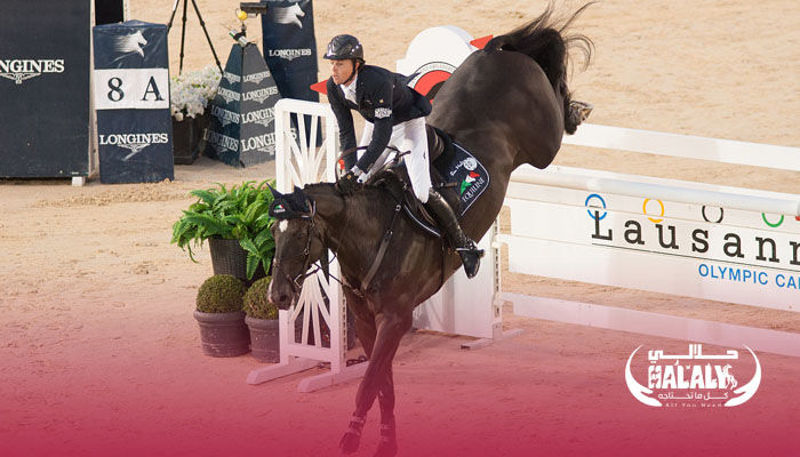Equestrian events are part of the Summer Olympics that were introduced at the 1900 Summer Olympics in Paris, France. Dressage, Eventing, and Jumping are the current Olympic Equestrian disciplines. Individual and team successes are recognized and acknowledged with gold, silver, and bronze medals in each event.
Equestrian events are the only Olympic events that involve animals.. At these competitions, the horses participating are magnificent examples of equestrian athleticism.
Only commissioned military officers and "gentlemen" were allowed to compete in horse- related sports until 1952. Dressage competitions were open to both men and women starting at the 1952 Olympics. In 1956, women were permitted to compete in jumping for the first time.
Here is a closer look at the three Equestrian disciplines at the Olympics:
Dressage
Dressage is the most artistic of the equestrian disciplines, and it serves as a foundation for all others. It evaluates an athlete's ability to make their horse move swiftly from side to side, transition into a gallop, or change direction quickly.
Dressage is a more qualitative sport in which judges assess horse/rider teams based on their ability to finish a pattern while also considering the horse's flexibility, harmony, and obedience to the rider.
Eventing
Eventing is sometimes referred to as an equestrian version of a triathlon. It is an equestrian discipline in which each competition consists of a Jumping, Dressage, and Cross Country test to get the final score, requiring extensive competence in several equestrian disciplines.
A test of both endurance and agility, the cross country course puts the horse and rider pair through their paces over a sequence of jumps in a more natural setting.
Jumping
Jumping takes place in an arena, where each horse/rider team negotiates a series of obstacles, where emphasis is placed on height and width, and to do so without lowering the height or refusing to jump any of the obstacles. Parallel rails, triple bars, and water leaps are examples of such obstacles. This event puts the horse's speed and scope to the test. Penalties, also known as faults, are assessed depending on course time and the number of knocked-down jumps or refusals. A lower score in this class is preferable. A jump-off can be utilised in the event of a tie..
Each tournament presents athletes with a fresh and distinct route designed to test the athlete-horse partnership's communication and technical abilities. Double and triple combinations, water features, and imitation stone walls with heights ranging from 1.40m to 1.65m and depths up to 2.2m deep. The courses are also personalised to each occasion in terms of aesthetics, and they frequently reflect local and cultural influences.























































